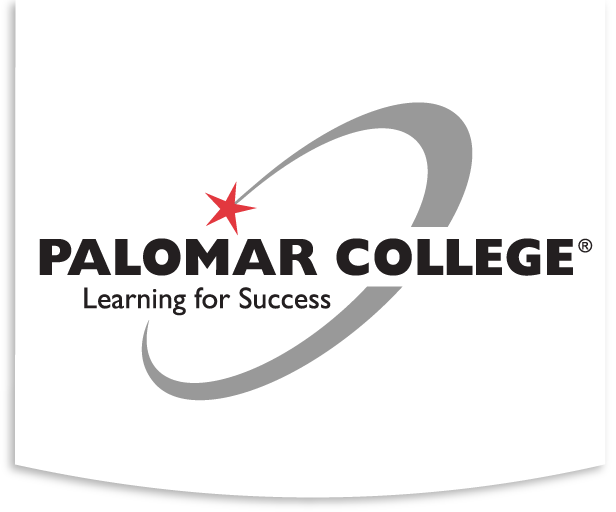What do these terms mean in the context of the California Community Colleges?
DEIAA
An acronym for the terms diversity, equity, inclusion, accessibility, and antiracism.
Diversity
Refers to the myriad of ways in which people differ, including the psychological, physical, cognitive, and social differences that occur among all individuals, based on race, sex, ethnicity, nationality, socioeconomic status, religion, economic class, education, age, gender, sexual orientation, marital status, and mental and physical ability.
Equity
Refers to an approach to the distribution of resources that accounts for systematic inequalities, and provides more for those who need it most. Conversely equality indicates uniform distribution of resources among people, regardless of their need.
Equity-Minded
Is a model framework for identifying causes of equity gaps in outcomes and identifying actions needed to reduce them. Rather than focusing on student deficits, being equity-minded involves interpreting inequitable outcomes as a signal that practices require inquiry, evaluation, and improvement. Inequities may be reduced through changes in institutional practices, policies, culture, and routines. Equity-mindedness encompasses being (l) race conscious, (2) institutionally focused, (3) evidence based, (4) systemically aware, and (5) action oriented.
Inclusion
Refers to bringing traditionally excluded individuals or groups into processes, activities, and decision and policy making in a way that shares power.
Accessibility
Means a person with a disability is afforded the opportunity to acquire the same information, engage in the same interactions, and enjoy the same services as a person without a disability in an equally effective and equally integrated manner, with substantially equivalent ease of use.
Anti-Racism
Refers to policies and actions that lead to racial equity. Refers to actions that identify, interrogate, and alter the values, structures and behaviors that perpetuate systemic racism.
Racism
Is the intentional or unintentional use of power to isolate, separate or exploit others on the basis of race. Racism refers to a variety of practices, beliefs, social relations, and phenomena that work to reproduce a racial hierarchy and social structure that yield superiority, power, and privilege for some, and discrimination and oppression for others. It can take several forms, including representational, ideological, interactional, institutional, structural, and systemic. Racism exists when ideas and assumptions about racial categories are used to justify and reproduce a racial hierarchy and racially structured society that unjustly limits access to resources, rights, and privileges on the basis of race.
Cultural Competency
Refers to the practice of acquiring and utilizing knowledge of the intersectionality of social identities and the multiple axes of oppression that people from different racial, ethnic, and other minoritized groups face. The development of cultural competency is a dynamic, on-going process that requires a long-term commitment to learning. In the context of education, cultural competency includes the ability to teach students from cultures other than one’s own successfully. It entails developing interpersonal awareness and sensitivities, developing cultural knowledge, and mastering a set of skills for effective cross-cultural teaching.
Allyship
Allyship is not an identity. It is a lifelong process of building relationships based on trust, consistency, and accountability with marginalized individuals and/or groups of people. Allyship is not self-defined. Our work and our efforts must be recognized by the people we seek to ally ourselves with.
Justice
Refers to the active and intentional process of dismantling barriers to resources and opportunities in society so that all individuals and communities can live a full and dignified life.
All definitions from California Code of Regulations, Title 5, Division 6, Chapter 4, and Subchapter 1 Definitions: § 52510. For more information on the California Community Colleges’ DEIA commitment visit: Diversity, Equity, Inclusion, and Accessibility (DEIA) | California Community Colleges Chancellor’s Office.

